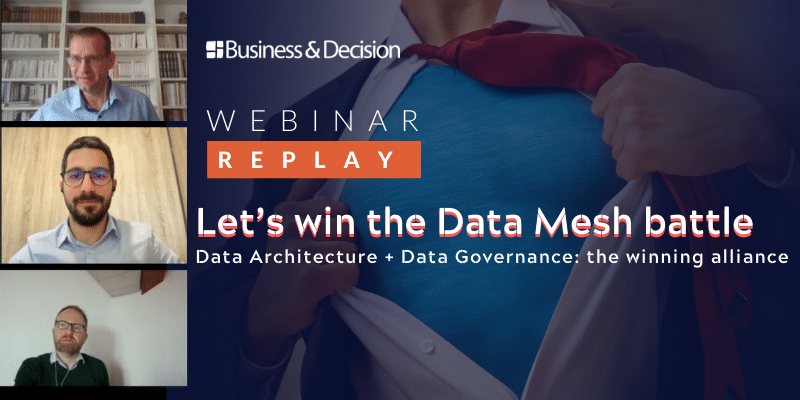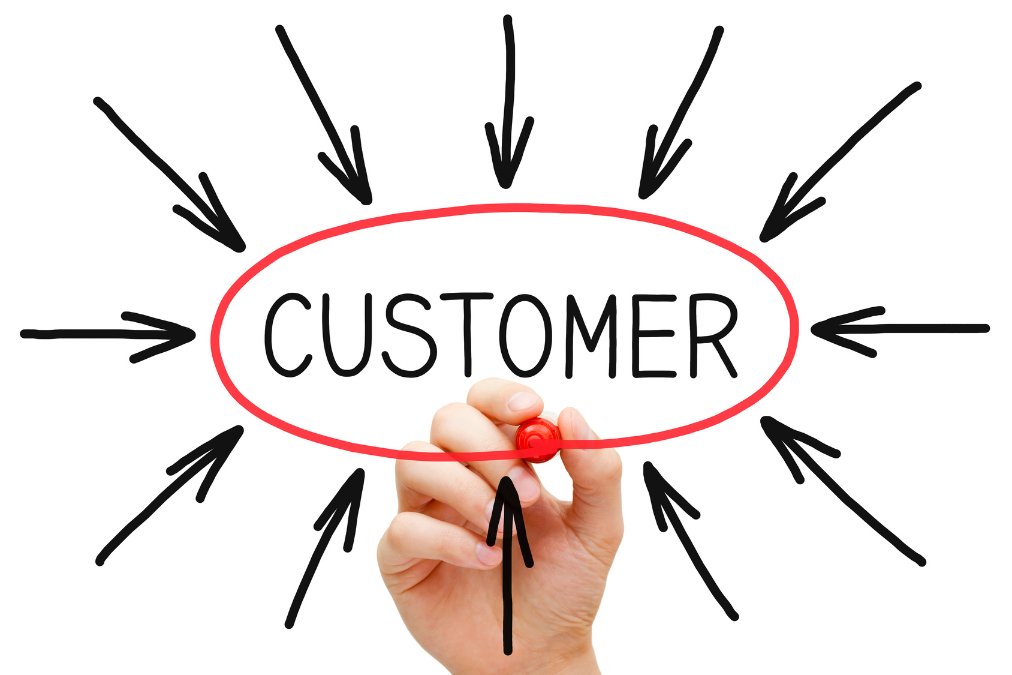During the past pandemic, customers all over the world had not much alternatives but to shop online. It is a habit that people will maintain also once life returned to normal. The COVID crisis demonstrated a split in companies and the way they managed this run to digital. We can distinguish already 2 types of companies: those who struggle with this new way of working and those who have already a customer centric mindset and implemented a full total experience strategy for their customers.

Like we said, the crisis highlighted some differences among companies. On the one hand there are companies that struggle with this new way of working. These are businesses that did not spend enough focus on their customers before, and struggle to understand them. They often work from a product centric approach starting from the principle: “I’m selling these products or services, do you want to buy it?”. This approach might work in shops, where people entering already show a particular interest in your product but online, the situation is different. It supposes that your product matches the visitors’ needs, which is often not the case.
A frictionless customer experience
On the other hand, you have customer centric companies. These are companies that are not only capable of identifying their customers, but also manage to understand them, capture their needs and use this to their advantage. In this approach, you start from the customer and ask yourself “I have this visitor who has certain needs, how can I answer the visitor’s needs?” These businesses managed to profit from new digital customers and put all their focus in allowing a smooth experience across all platforms. By putting the customer central, it allows to pass on customer information throughout the company’s touchpoint. This increases consistency in the communications, relevancy in the offerings and most of all, a frictionless experience. By focussing on the total experience of your customers, companies can build a positive relationship with the customer, avoid client loss and increase the return on investment on campaigns.
Now the question remains: how do you get to that total experience? And above all, how to achieve a successful total experience? We collected 10 golden rules you should keep in mind.
By focussing on the total experience of your customers, companies can build a positive relationship with the customer, avoid client loss and increase the return on investment on campaigns.
1. Don’t take the AS IS for granted
One of the biggest pitfalls companies have is assuming business will continue to flourish as it does now. Dare to evaluate your internal practices and capabilities. Is this in line with what the customer expects or what other companies can deliver, even those outside of your core industry? Often, it can help to ask the support of outsiders as they are not yet blinded by the AS IS. Don’t be afraid to speak up and define your ambitions. These make sure that people know where they are aiming at. It puts all noses in the right directions and helps to make decisions.
2. Define your strategy to generate value
Once the ambitions are clear, evaluate the best way of reaching them. Design a roadmap for success based on your ambitions as well as existing versus needed capabilities. Make the roadmap concrete by adding use cases as deliverables. Focus on high potential use cases (high volume, high LTV, large channels, …). Each step should lead to generating value. This is important not only to serve the customer, but also to improve the internal acceptance of the changes you are applying. Evaluate your roadmap based on quick wins. Perhaps you already have a lot of information and capabilities available, but you are not using them in a way that brings most value.
3. Measure, analyze & learn from your customers
When defining the roadmap, don’t forget for who you are doing this for. Create an overview of different personas and their types of experiences. You will need to focus o on what helps to improve these by answering the following questions:
- What defines my clients?
- How do people come in contact with me, what is their path?
- What do I already know about my customers?
Once you know what type of information you need, you can start building your customer centric data model. Analytics are key to collect the needed information and improve your knowledge on the customer.
4. The path to success: analyze your touchpoints
Your website is only one of the touchpoints your clients use to come in contact with your company. All your points of contact impact on the customer experience. Review the path customers and prospects have when they get in contact with you Do you know where your customers are in their relationship with your company?
This is important not only to serve the customer, but also to improve the internal acceptance of the changes you are applying.
5. Search for opportunities throughout the entire customer journey
Don’t focus all your efforts on acquisition of new customers. Studies have proven that in many cases it is most efficient to keep your customer rather than to invest in finding new ones. When defining the use cases also analyze clients after they did their purchase. In those cases, you already have a good first knowledge of the customer and you can define actions based on concrete information. Think about use cases in the context of renewal or servicing. Those processes will help to improve the customer loyalty and result in higher customer value.
6. Not all information is needed at every moment
Putting the client centric does not mean we need to know everything about the customer and this in every touchpoint. Identify what information is needed at which moments to make sure the experience is as smooth as possible. Make a distinction between cold, warm and hot data depending on the speed of which you need to act once an event takes place. Not everything needs to be real time.
For example: If the client calls your contact center with his/her mobile phone, the operator already has a strong indication who it is before answering the call. Was this person recently contacted with a commercial offer, or did he/she recently file a complaint?
7. Pilot to seek proof, industrialize the proven
Don’t be afraid to try out different things, the greatest innovations often started in the form of a small proof of concept or pilot. Not everything needs to be spot on from the first time, or work in the most efficient way. Most important is to try out and measure the success of your actions and how customers react on it. Define the most important KPI’s up front, collect the required data and analyze it to evaluate the success of the pilot. Once you know that you are on the good track, industrialize the process to improve efficiency and allow it to be used again for new use cases.
8. Analytics are key – measure, analyze, learn and improve
A statement many know to be true. Yet, in a context of ever-increasing pressure on time & budget, it is difficult to maintain. It is however the most efficient way to know what works and what does not. By enriching your customer data and generating new insights, you can define the best strategy to improve their total experience. It helps to make choices and therefore, in the long run, it has a positive impact on your most important constraints: time & budget.
Not everything needs to be spot on from the first time, or work in the most efficient way. Most important is to try out and measure the success of your actions and how customers react on it…
9. Support change, keep everyone on board
Evolving to a customer centric approach, often means challenging the status quo. This will most likely not be easy for everyone in your company. Communicate clearly about the strategy and the ambitions. Make sure to involve all stakeholders early in the process and spend time to train them in this new way of thinking.
10. Jump!
The last golden rule is the shortest but therefore not the easiest. As a famous sport brand states: “just do it”. With every improvement you also take a step towards improving your customer’s total experience. If you struggle to know how to start, don’t be afraid to ask people for advice. There are companies out there specialized in improving your total experience and evolving towards a client centric model. Once you establish the right direction and framework for continuous improvement, the success will follow.
This article has been written by Yves Van den Brande, Lead Customer Engagement Europe at Business & Decision & Wim Bosschaerts, Digital Transformation & Customer Engagement expert at Business & Decision
















Your email address is only used by Business & Decision, the controller, to process your request and to send any Business & Decision communication related to your request only. Learn more about managing your data and your rights.